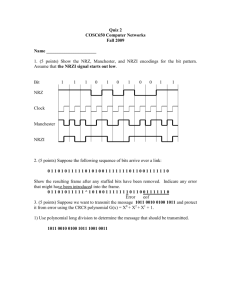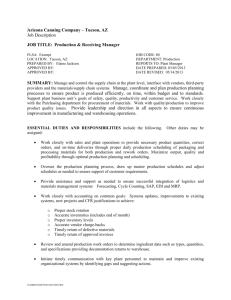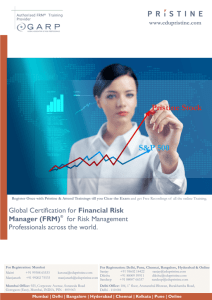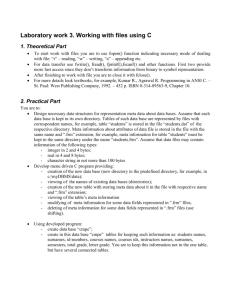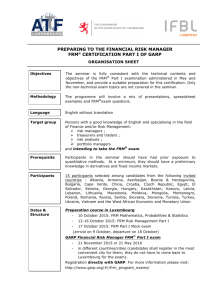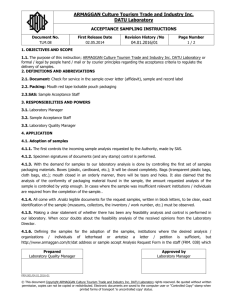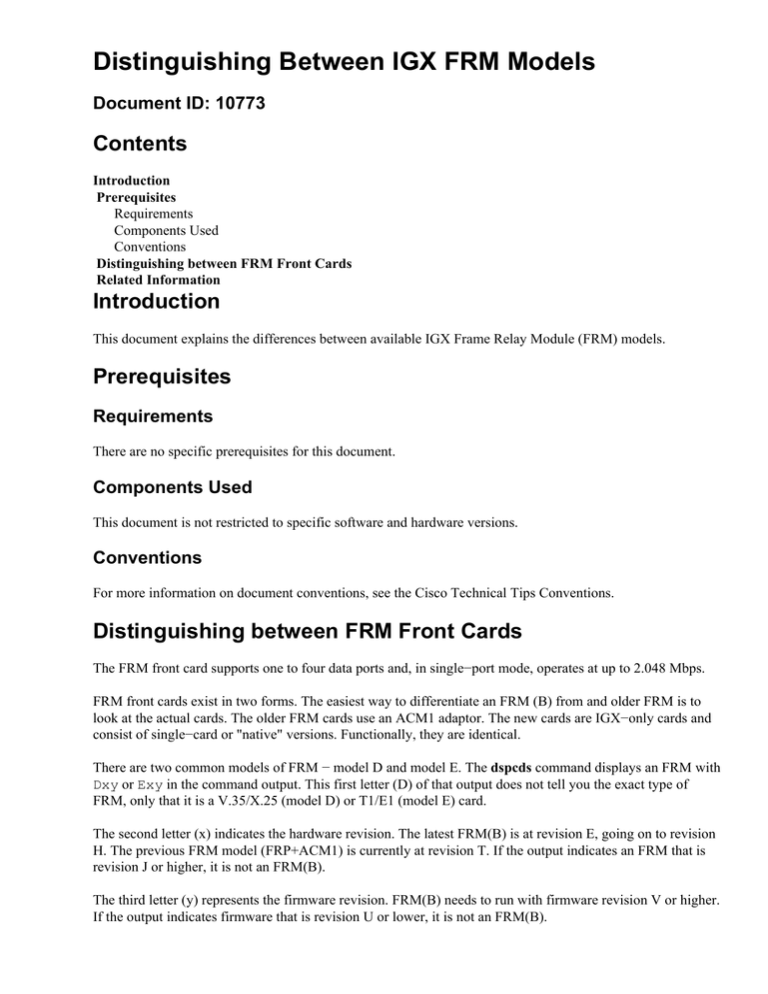
Distinguishing Between IGX FRM Models
Document ID: 10773
Contents
Introduction
Prerequisites
Requirements
Components Used
Conventions
Distinguishing between FRM Front Cards
Related Information
Introduction
This document explains the differences between available IGX Frame Relay Module (FRM) models.
Prerequisites
Requirements
There are no specific prerequisites for this document.
Components Used
This document is not restricted to specific software and hardware versions.
Conventions
For more information on document conventions, see the Cisco Technical Tips Conventions.
Distinguishing between FRM Front Cards
The FRM front card supports one to four data ports and, in single−port mode, operates at up to 2.048 Mbps.
FRM front cards exist in two forms. The easiest way to differentiate an FRM (B) from and older FRM is to
look at the actual cards. The older FRM cards use an ACM1 adaptor. The new cards are IGX−only cards and
consist of single−card or "native" versions. Functionally, they are identical.
There are two common models of FRM − model D and model E. The dspcds command displays an FRM with
Dxy or Exy in the command output. This first letter (D) of that output does not tell you the exact type of
FRM, only that it is a V.35/X.25 (model D) or T1/E1 (model E) card.
The second letter (x) indicates the hardware revision. The latest FRM(B) is at revision E, going on to revision
H. The previous FRM model (FRP+ACM1) is currently at revision T. If the output indicates an FRM that is
revision J or higher, it is not an FRM(B).
The third letter (y) represents the firmware revision. FRM(B) needs to run with firmware revision V or higher.
If the output indicates firmware that is revision U or lower, it is not an FRM(B).
Related Information
• Cisco WAN Switching Solutions
• WAN Product Support Pages
• Technical Support − Cisco Systems
Contacts & Feedback | Help | Site Map
© 2014 − 2015 Cisco Systems, Inc. All rights reserved. Terms & Conditions | Privacy Statement | Cookie Policy | Trademarks of
Cisco Systems, Inc.
Updated: Nov 15, 2007
Document ID: 10773


